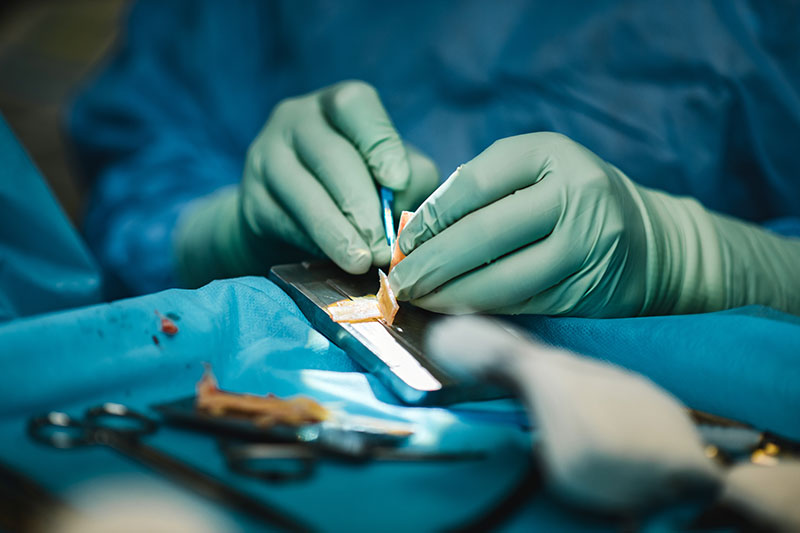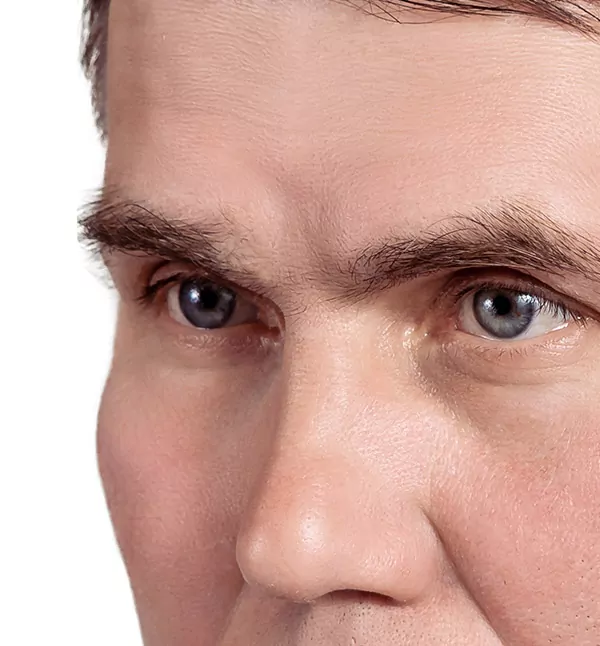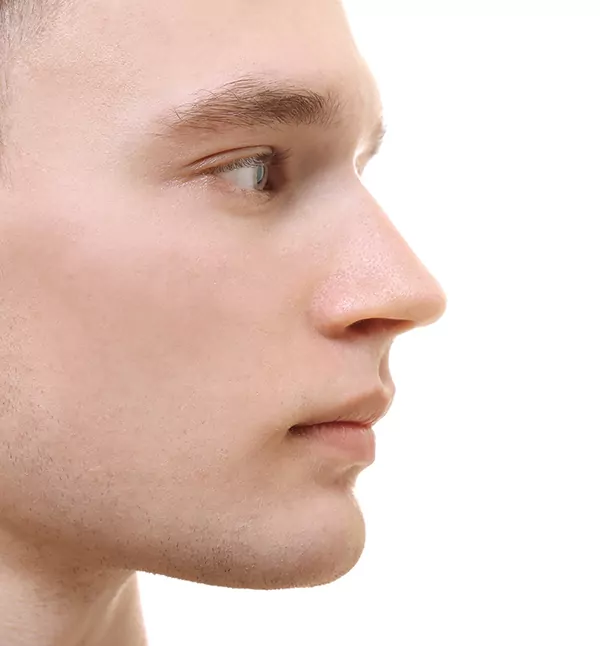
Nose Reshaping (Rhinoplasty)
If you are considering having a nose shaping operation, otherwise known as rhinoplasty, why not explore the many high-quality options available to you in Turkey? This beautiful country boasts a wealth of skilled and experienced medical professionals who are equipped to perform this procedure with precision and care. Not only can you benefit from their expertise, but you can also enjoy the many attractions that Turkey has to offer. From its rich cultural heritage to its stunning natural scenery, there is something for everyone to enjoy in this vibrant and diverse country. So why not take advantage of this opportunity to enhance your appearance and experience all that Turkey has to offer at the same time? With the help of the right medical professionals and a little bit of research, you can achieve the look you have always wanted and take home some unforgettable memories as well.
How much does it cost?
Both the complexity and extent of the procedure will affect the overall cost of your treatment. Average cost of rhinoplasty surgery in Istanbul, Turkey is 3500 USD, minimum cost is 2000 USD and maximum cost is 7200 USD.


Choosing a surgeon
At MediTour we have teamed up with all the major hospitals performing this type of operation. Leave it to us find the best option available within your budget.
What nose reshaping involves
Nose reshaping is usually carried out under general anaesthetic.
Depending on the type of surgery you’re having, the surgeon may:
- make your nose smaller (nose reduction) – by removing some of the cartilage and bone
- make your nose larger (nose augmentation) – by taking cartilage from the ears and bone from the hips, elbow or skull, and using it to build up the nose (known as a “graft”)
- change the shape of your nose (including the nostrils) – by breaking the nose bone and rearranging the cartilage
The skin over the nose should shrink or expand to its new shape.
The operation involves either making a cut across the skin between the nostrils (open rhinoplasty), or tiny cuts inside the nostrils (closed rhinoplasty).
A closed rhinoplasty leaves no visible scars, but is not always possible or available.
The procedure can take 1.5 to 3 hours. You’ll probably need to stay in hospital for 1 or 2 nights.
You’ll have a dressing on your nose after the operation, and a splint held over your nose with tape for 7 days. You may have difficulties breathing through your nose for about a week.
You’ll be given painkillers to help control any pain or discomfort.
Recovery
You may need to take up to 2 weeks off work to recover from nose surgery.
It might be several months before you see the full effect of the operation, and up to 6 months for the swelling to completely go.
After about a week: stitches can be removed (unless you had dissolvable stitches). The splint may also be able to come off.
At 3 weeks: bruises, swelling and redness may have faded. You may be able to swim.
At 4 to 6 weeks: you should be able to resume strenuous exercise.
You may be advised to:
- prop your head up with pillows for a couple of days when resting to reduce the swelling
- avoid hot baths and getting the splint wet
- avoid blowing your nose or removing any crusts until your appointment to have the splint removed
- sneeze through your mouth to avoid pressure on your nose
- avoid strenuous exercise or contact sports for 4 to 6 weeks
Side effects
It’s common after nose reshaping to have:
- breathing difficulties – you’ll need to breathe through your mouth for a week or so
- a stiff and numb nose
- soreness, swelling and bruising around the eyes, which can last 3 weeks
- light nosebleeds for the first few days
What could go wrong
Nose reshaping surgery can occasionally result in:
- permanent breathing difficulty
- damage to the cartilage wall between your nostrils
- an altered sense of smell
- heavy nosebleeds
Any type of operation also carries a small risk of:
- excessive bleeding
- a blood clot in a vein
- infection
- an allergic reaction to the anaesthetic
Your surgeon should explain how likely these risks and complications are, and how they would be treated if you have them.






